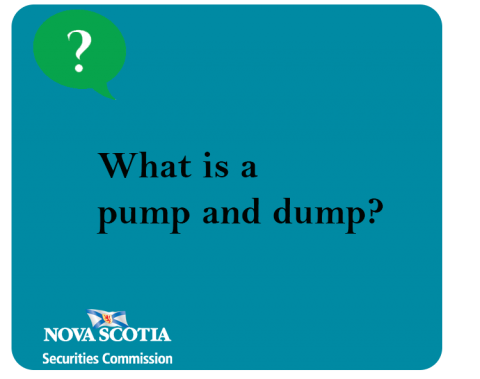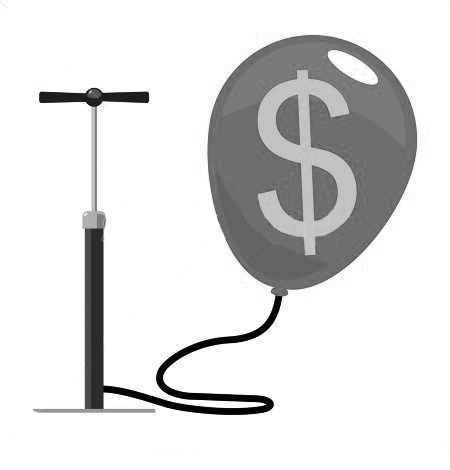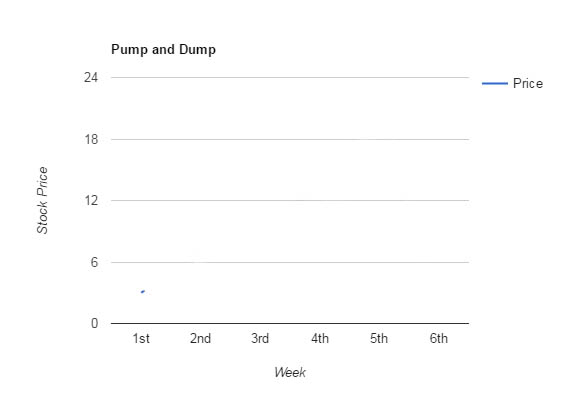Submitted by admin on

Pump and dump scams have been around for decades, but have found new life in recent years online. Before we explain how the Internet has provided a new avenue to pump and dump scammers let’s explain what a pump and dump is and how it works.
A typical pump and dump is separated into two parts. First comes the pump....
Scammers choose a low-end stock, typically a penny stock, and find ways to promote it as the next big thing. In the past, this was done through cold calling people at home. More elaborate schemes have been used such as leaving what sounds like a wrong number message on answering machines about a stock set to rocket up in value. As investors begin to buy shares the value of the stock gets higher and higher. What investors didn’t know is that the scammers already owned large amounts of the stock before the massive buy-in from the public.

After scammers are successful at pumping up the stock value, it’s time for the dump, The fraudsters will now sell their large block of stocks for a considerable profit. This large-block sale generally causes the value of the stock to plummet leaving the unwitting investors with worthless stock valued well below their purchase price.

The advent of the Internet has allowed pump and dump scammers to leave the phone calls behind and add new avenues to the pump. Pump and dump scammers now send out mass emails, setup fake websites, and infiltrate message boards and social media to promote the stock they’re looking to pump and dump.
If you are approached by someone you expect is running a pump and dump scam you should report them to your provincial regulator. Not only will this protect your money, but it can help protect others by bringing them to the attention of enforcement and the police.
